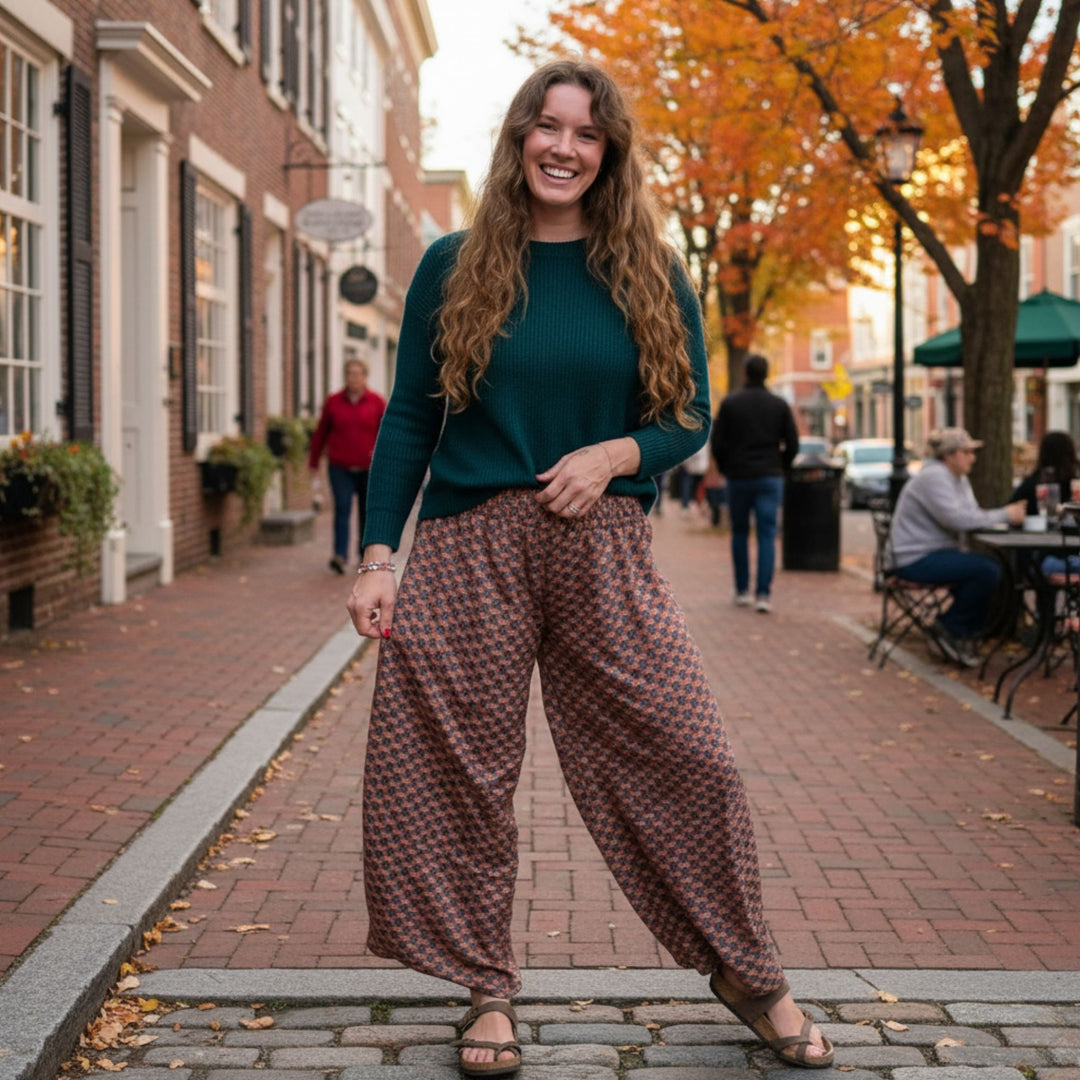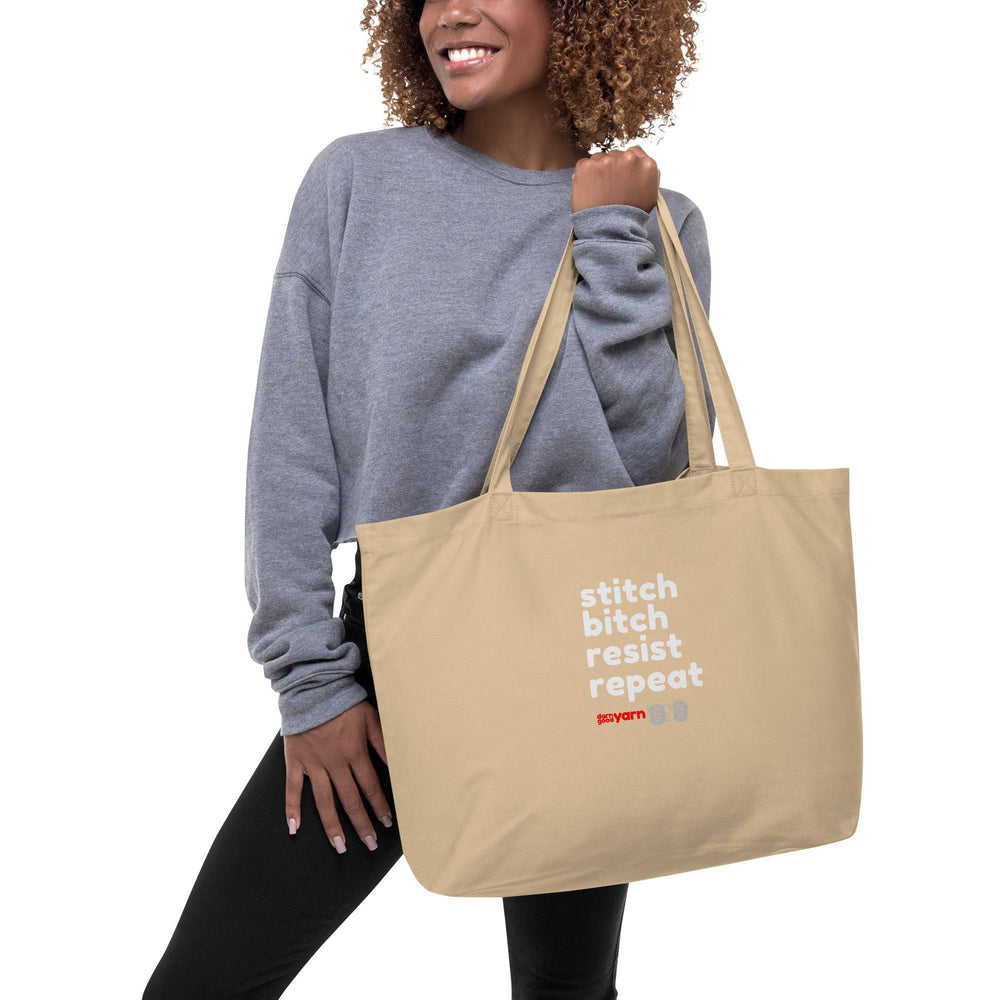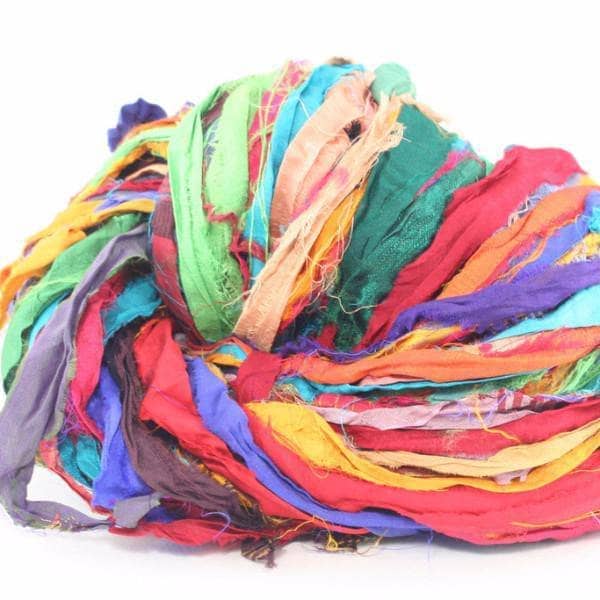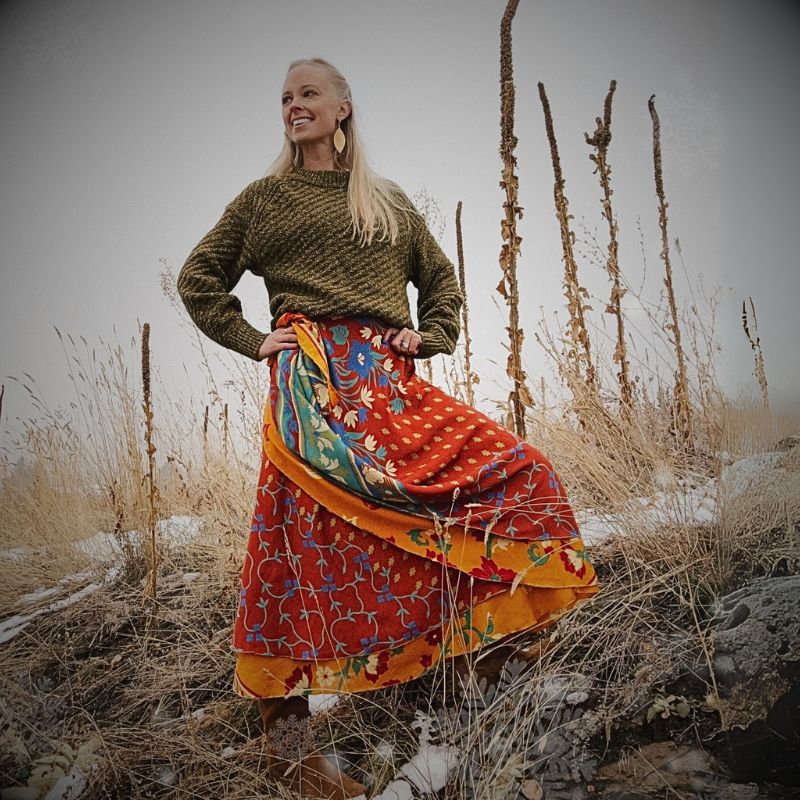Written by Michaela MacBlake Matthews
The Eye And The Hands

Hand-eye coordination is a complex process that helps to bridge the gap between perception and reality. In holistic health, bringing each piece of self to work together cohesively is essential to overall balance. So, how does hand-eye coordination play into the mix?
The Eye

The eyes link to our navigation throughout space and time, our vision for the future, our sense of abundance, and more. When we visualize things, we work from an idyllic plane of thought; most anything is possible in a daydream.
Not only do we use our visual thinking to envision our wants, but we also use sight to measure what we have in the present moment. Full refrigerators and loved ones with relaxed body language are soothing, and when we see these things, we feel them.
The Hands

The hands, in contrast, link to what we do, even subconsciously. People use hand gestures to hold onto thoughts mid-conversation, to expel anxieties from hidden beneath desks, and so on. We each have our preference in handshake firmness, and how we hold our cups or mugs. If we are extremely angry, most people will slam a door rather than kick it.
Our hands have more nerve endings than most parts of the body. The hands are a present-tense body part. While our minds and emotions may swing from past to future, our hands stay in the present, often whether we realize it or not. When we are anxious, we tend to fiddle and fidget; our hands can only run on a repeated loop while our minds have gone fishing.
The hands signal action, so deeply, that many people who are stressed or procrastinating on a task can often be soothed by simply picking up whatever object or tool they might need to get moving.
Visual Arts

So, you can pick up a calculator to start your budget. You can pick up a broom to start cleaning. You can pick up a peaceful to start… Oh, wait.
Intangible ideas, feelings, or a larger scope of balance in your life cannot be touch-activated… Or can they?
As we covered in Part 1, the pursuit of beauty is a path toward finding balance, creating unity, ease, and cadence to any mundane thing by learning to find and repair dis-ease. When we practice hand-eye coordination in visual arts, we are teaching ourselves to create pathways between what is ideal, and what we actually do.
Sculpting, drawing, and needle-point are all fantastic ways to open up the doors between big-thinking, and go-getting. These projects tend to be long-term displays, and create spiritual bookmarks to large chapters in life.
Once completed, some creations are built from the past, while others are designed to steer toward a desired future. All of them, though, are inherently present while they’re being made, with both vision and action striving toward a unified self.
 Rewards
Rewards





















